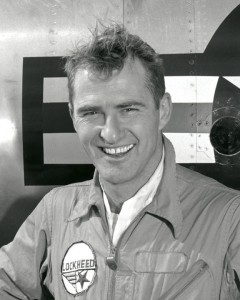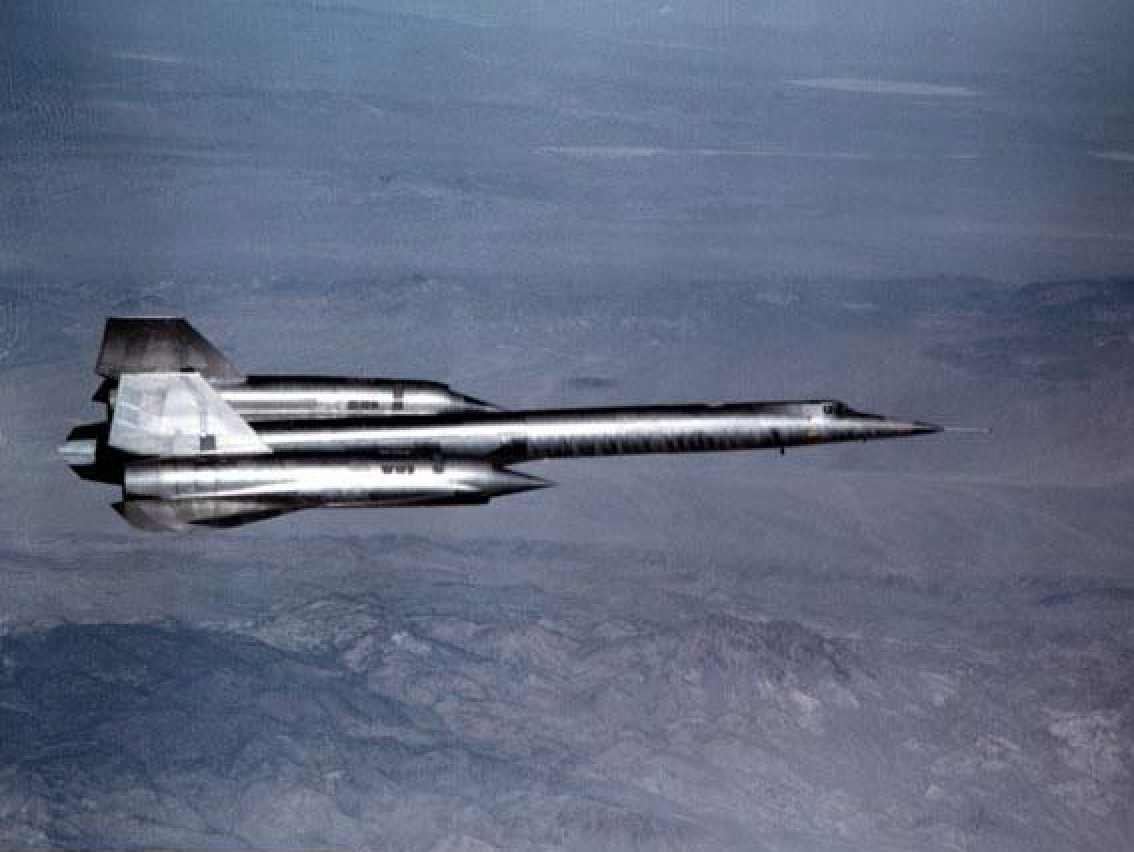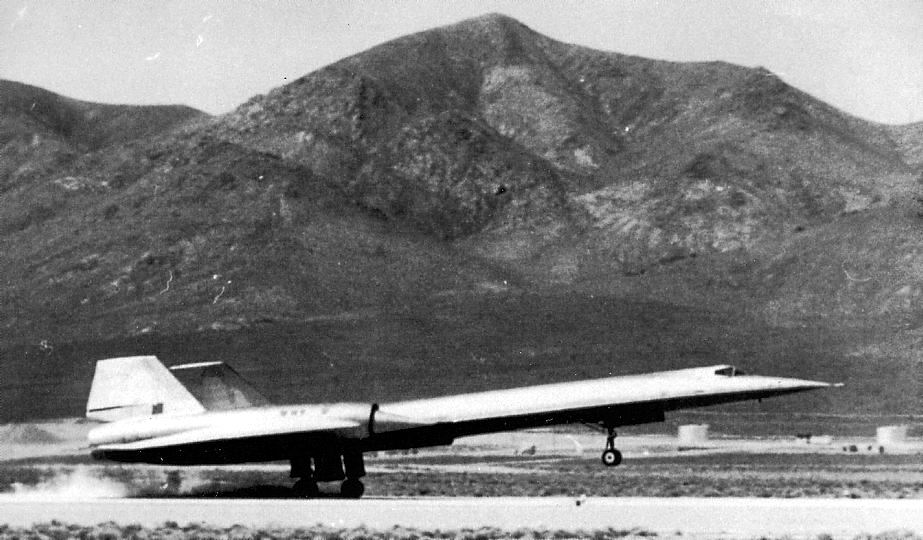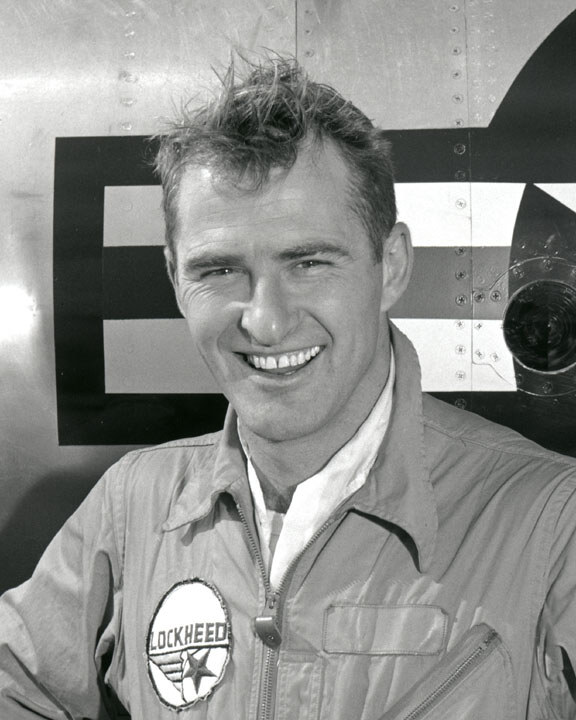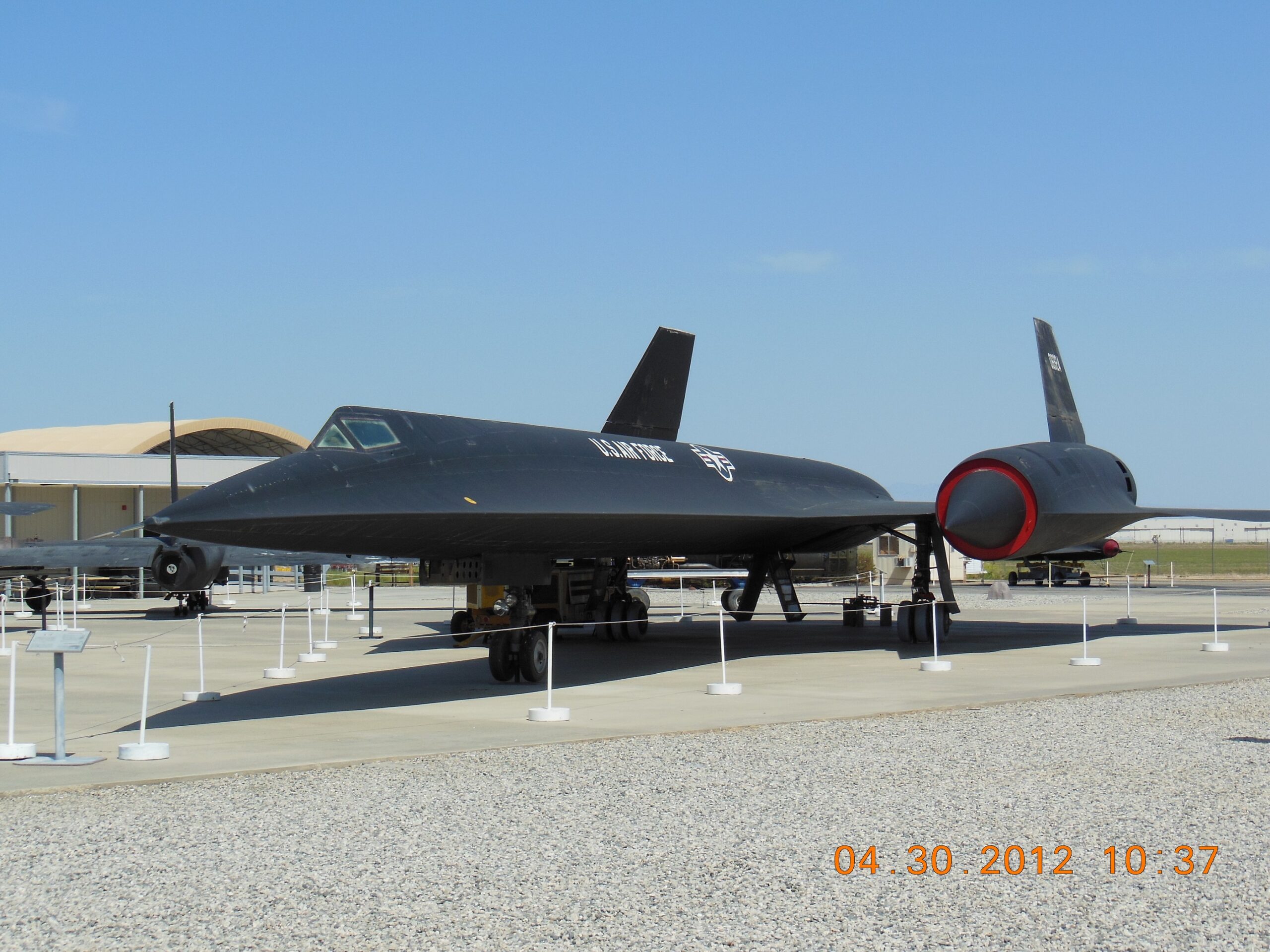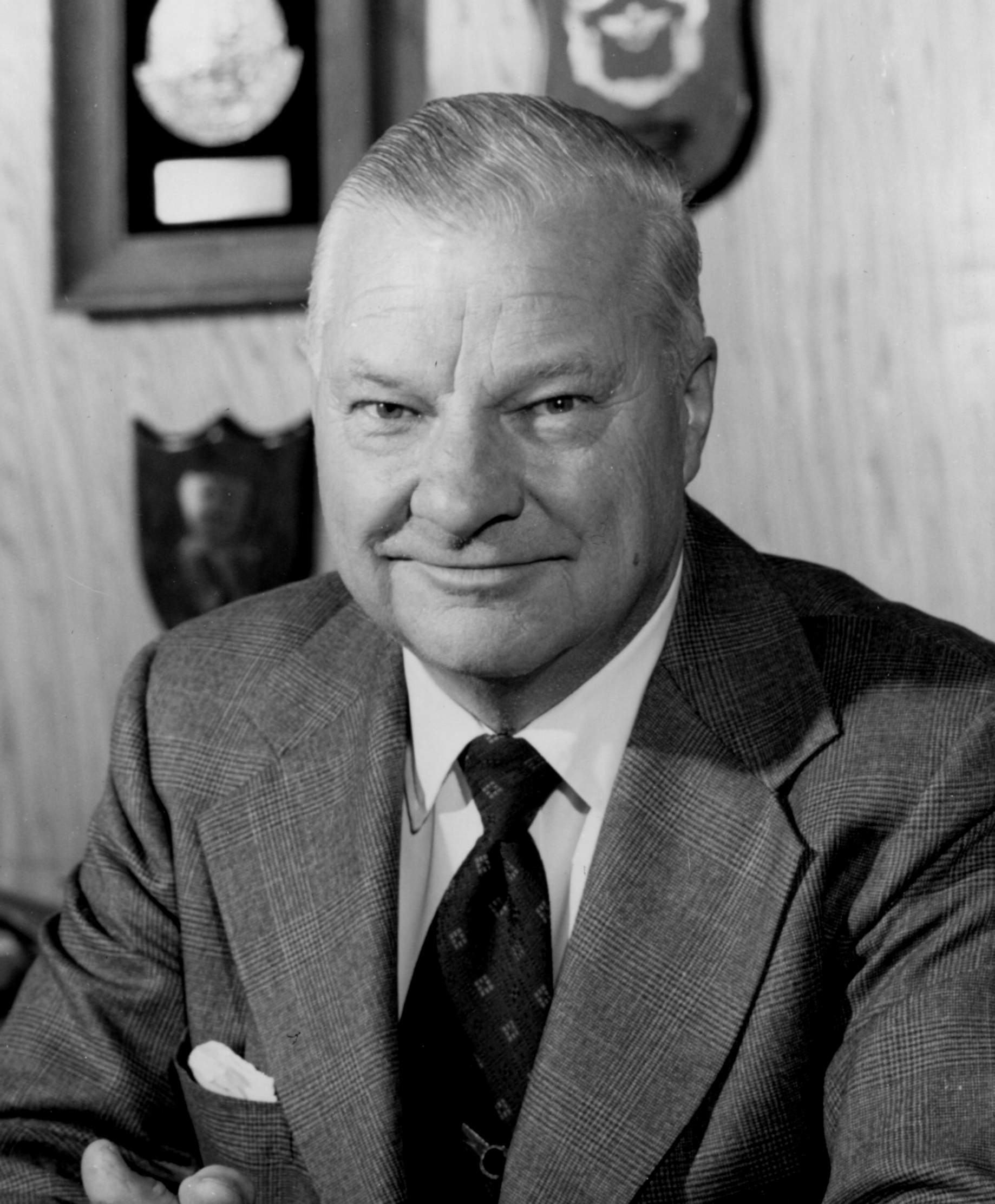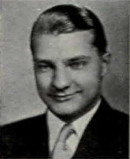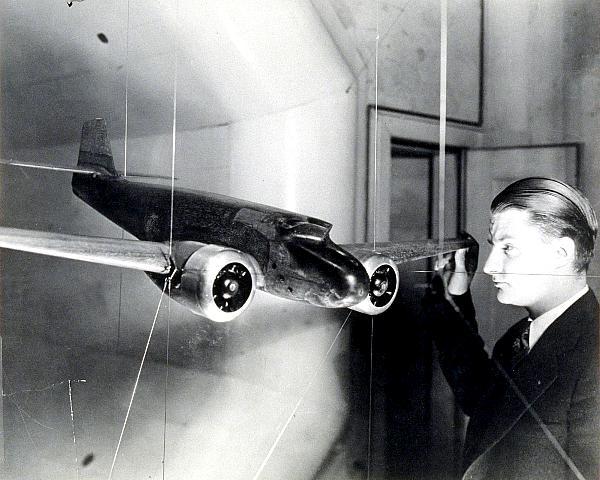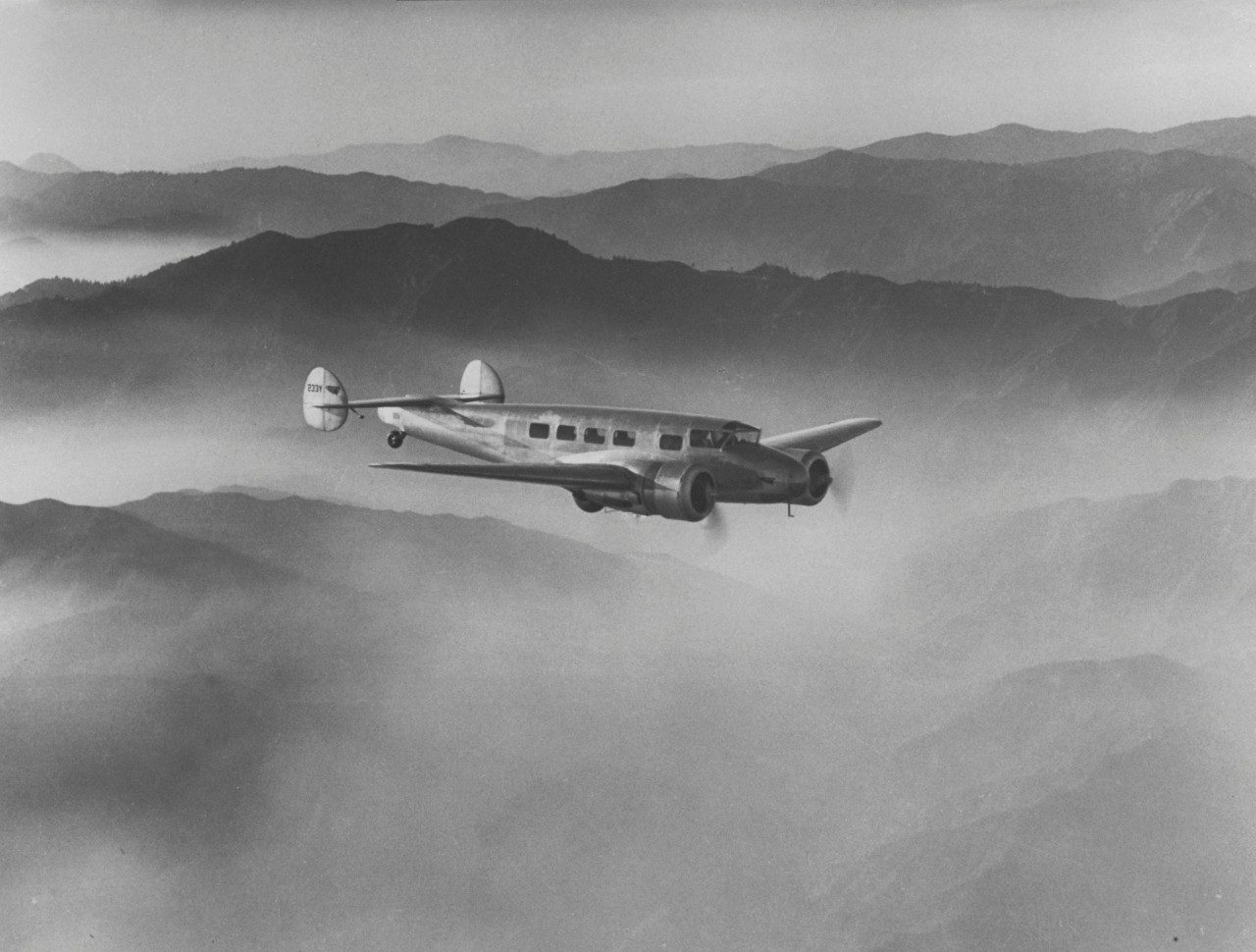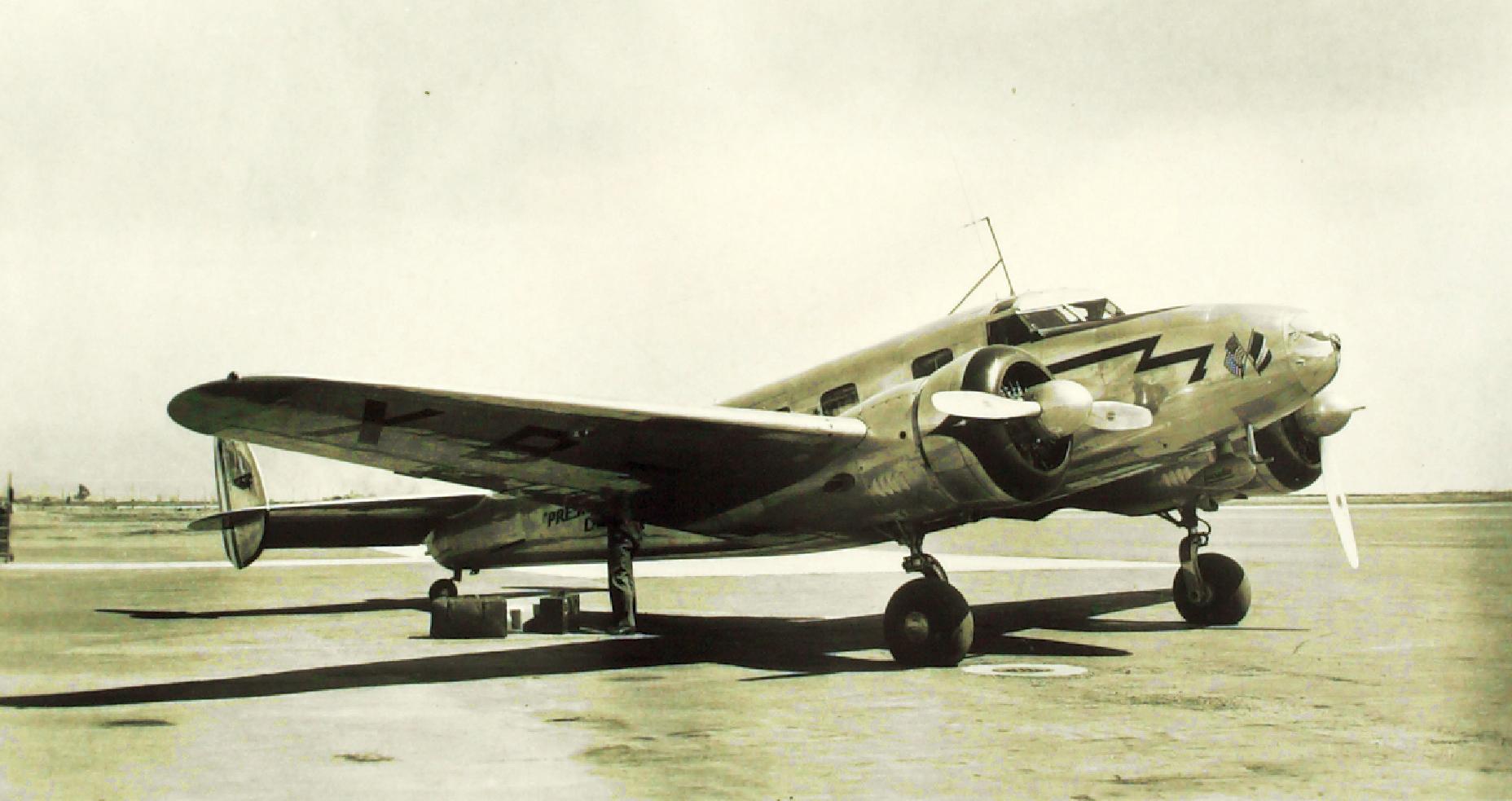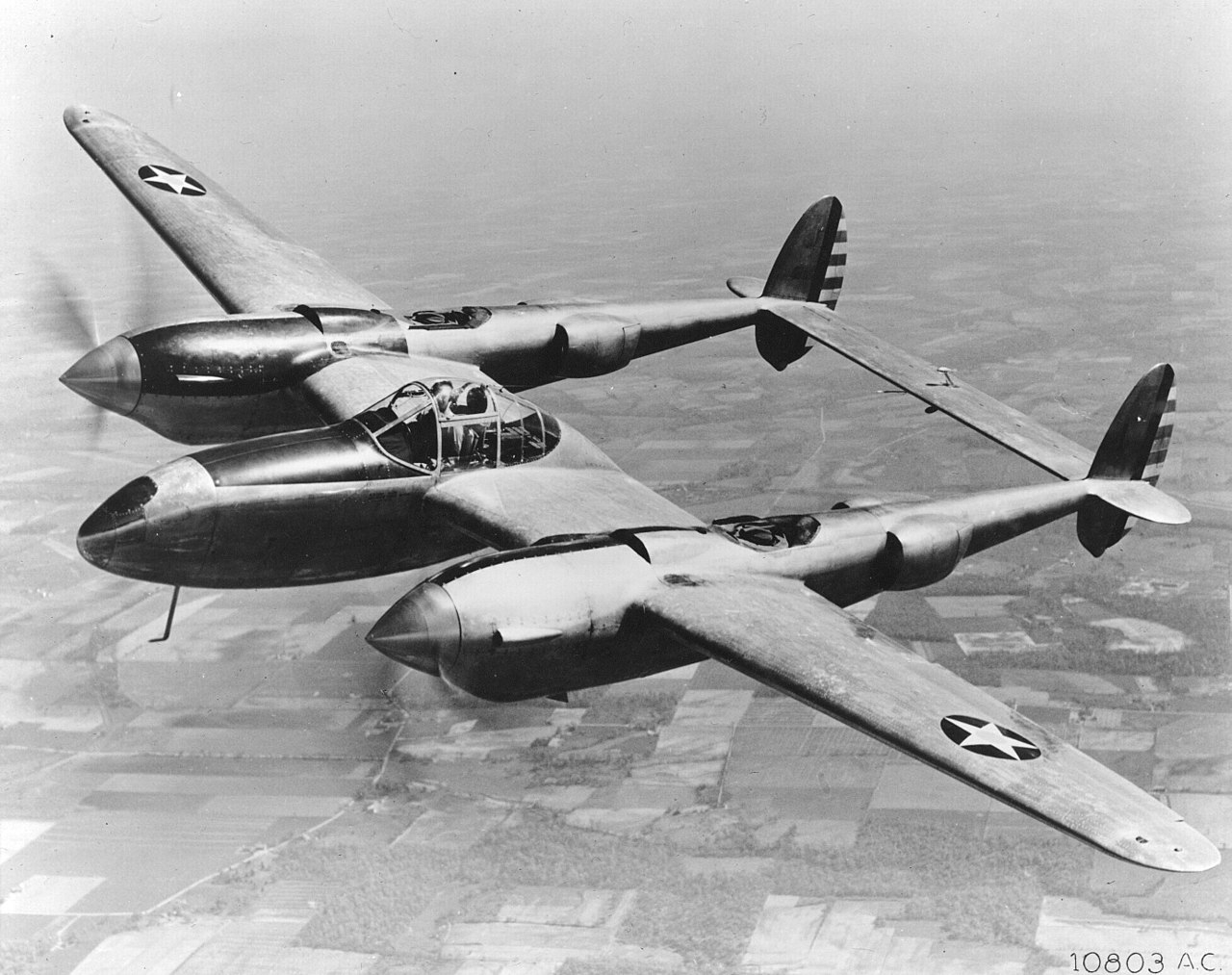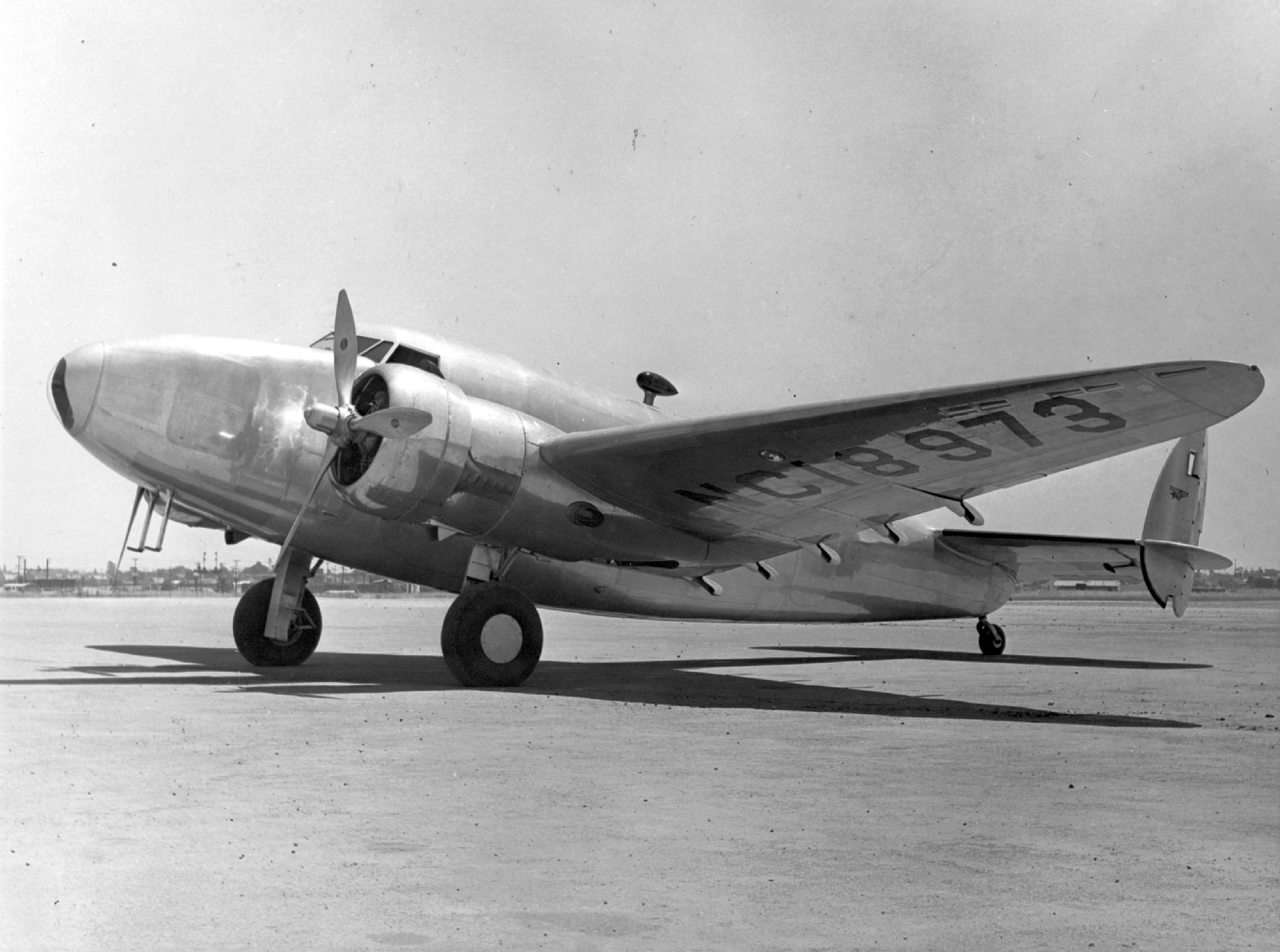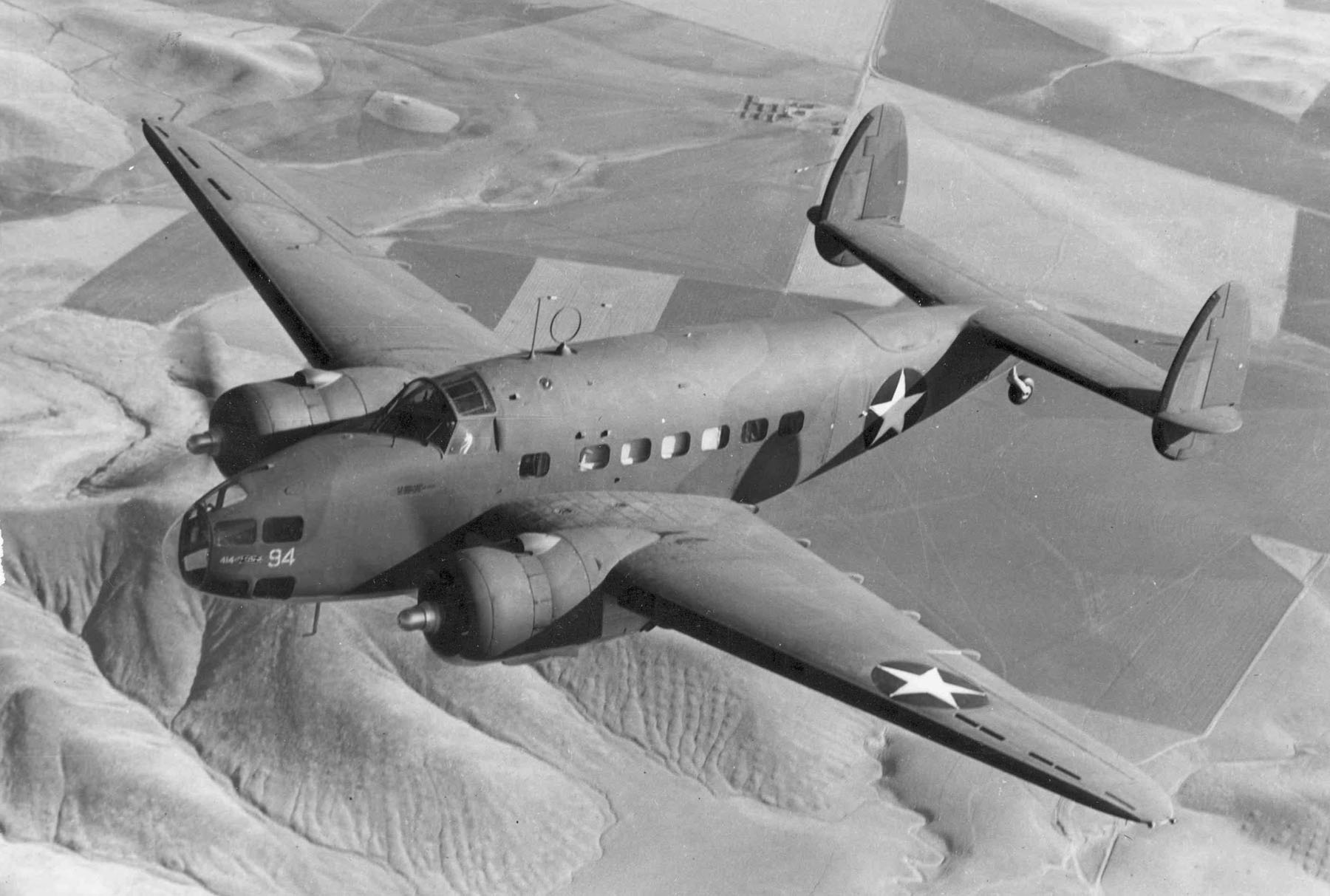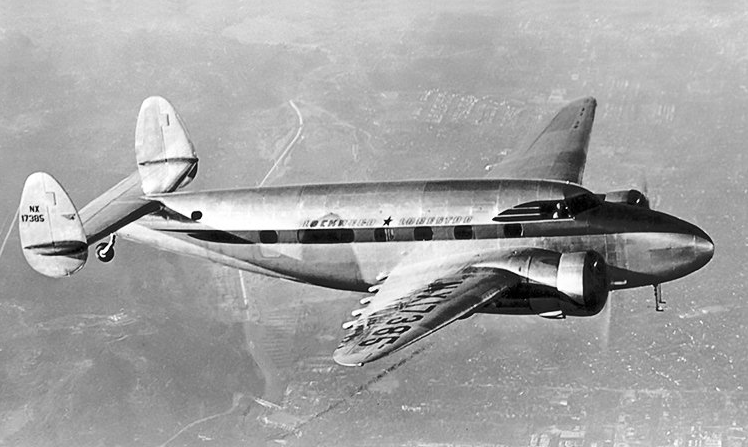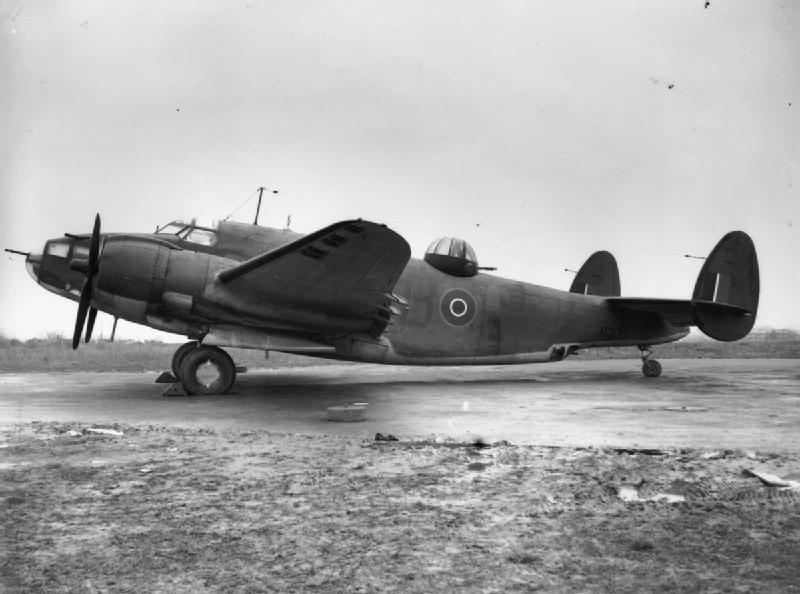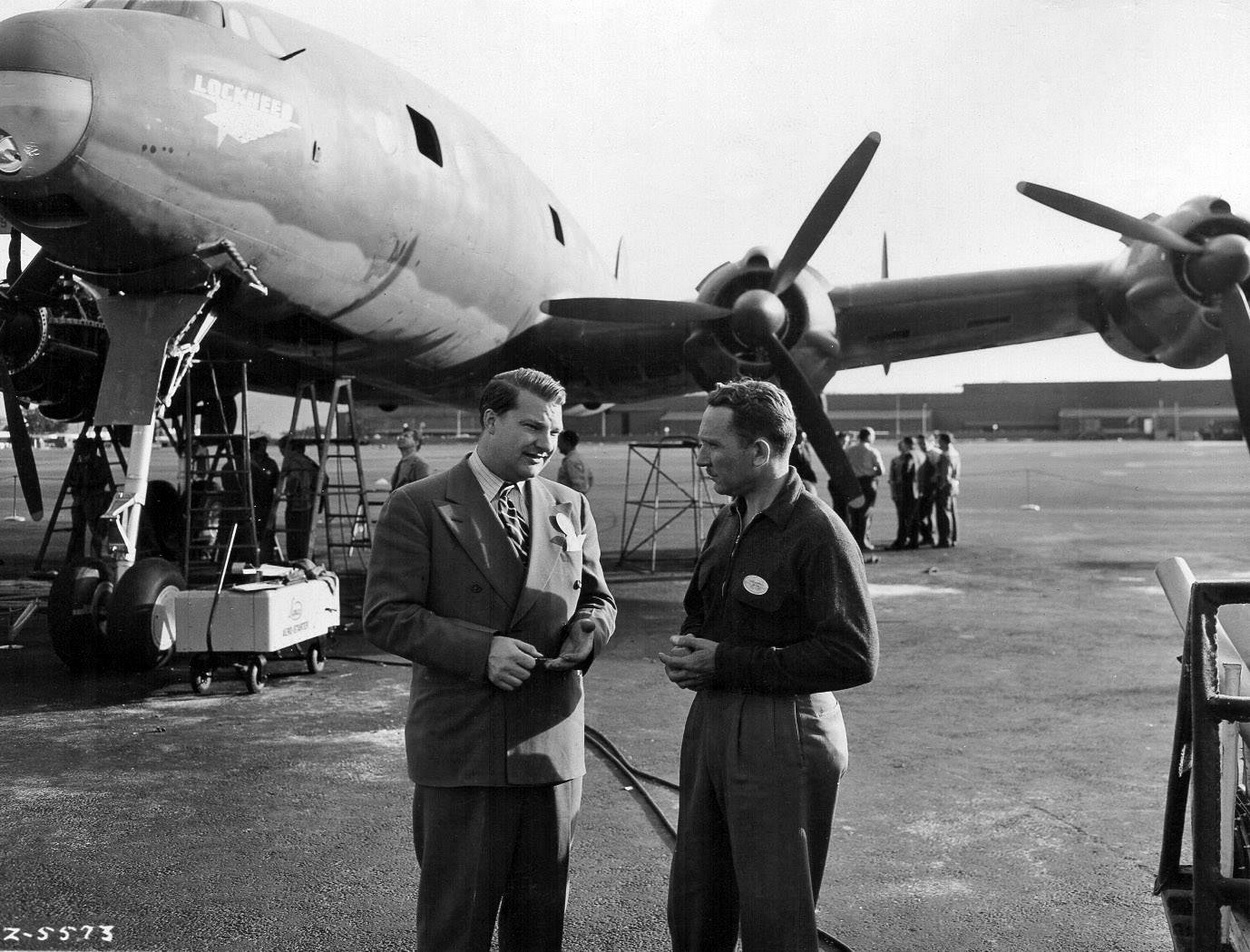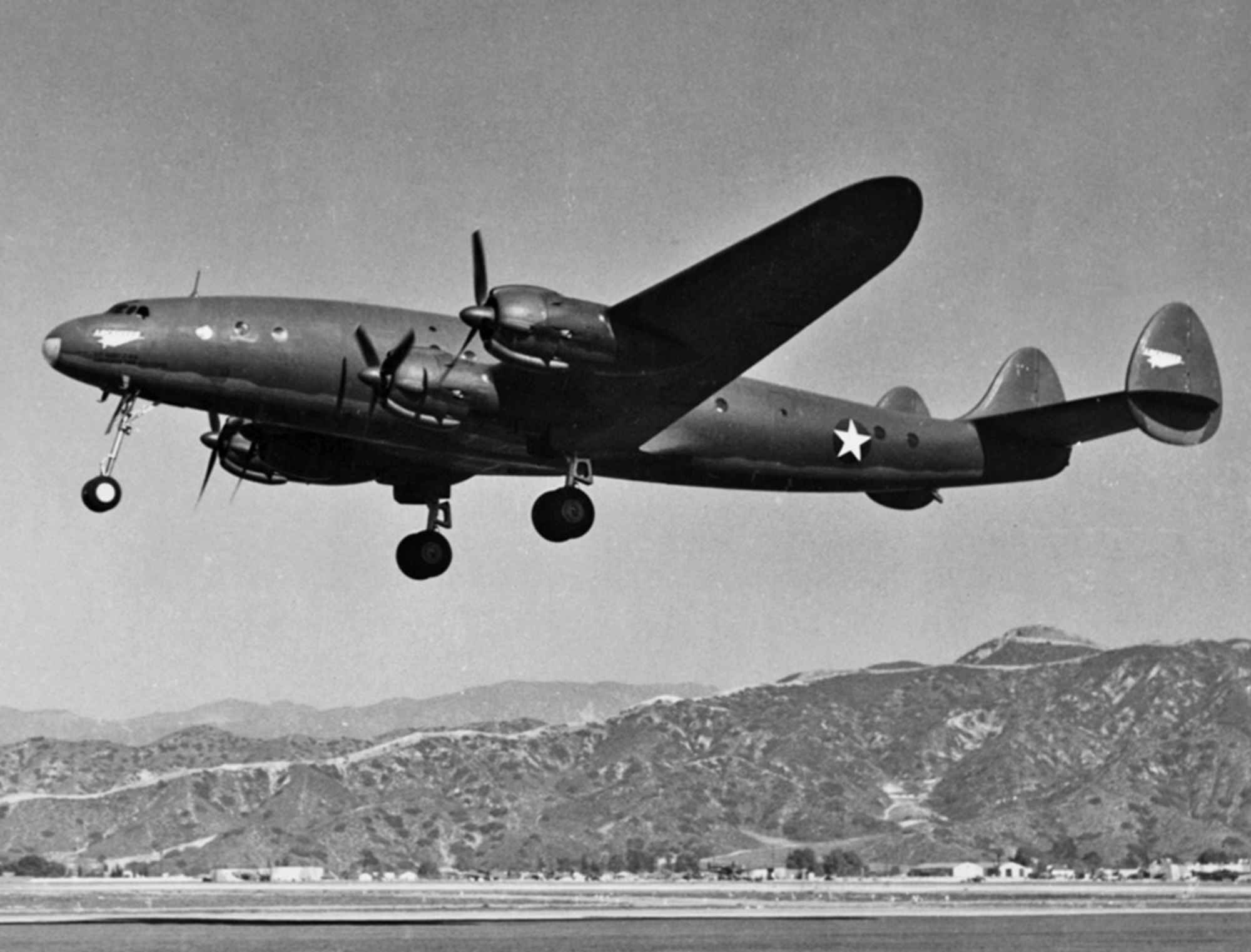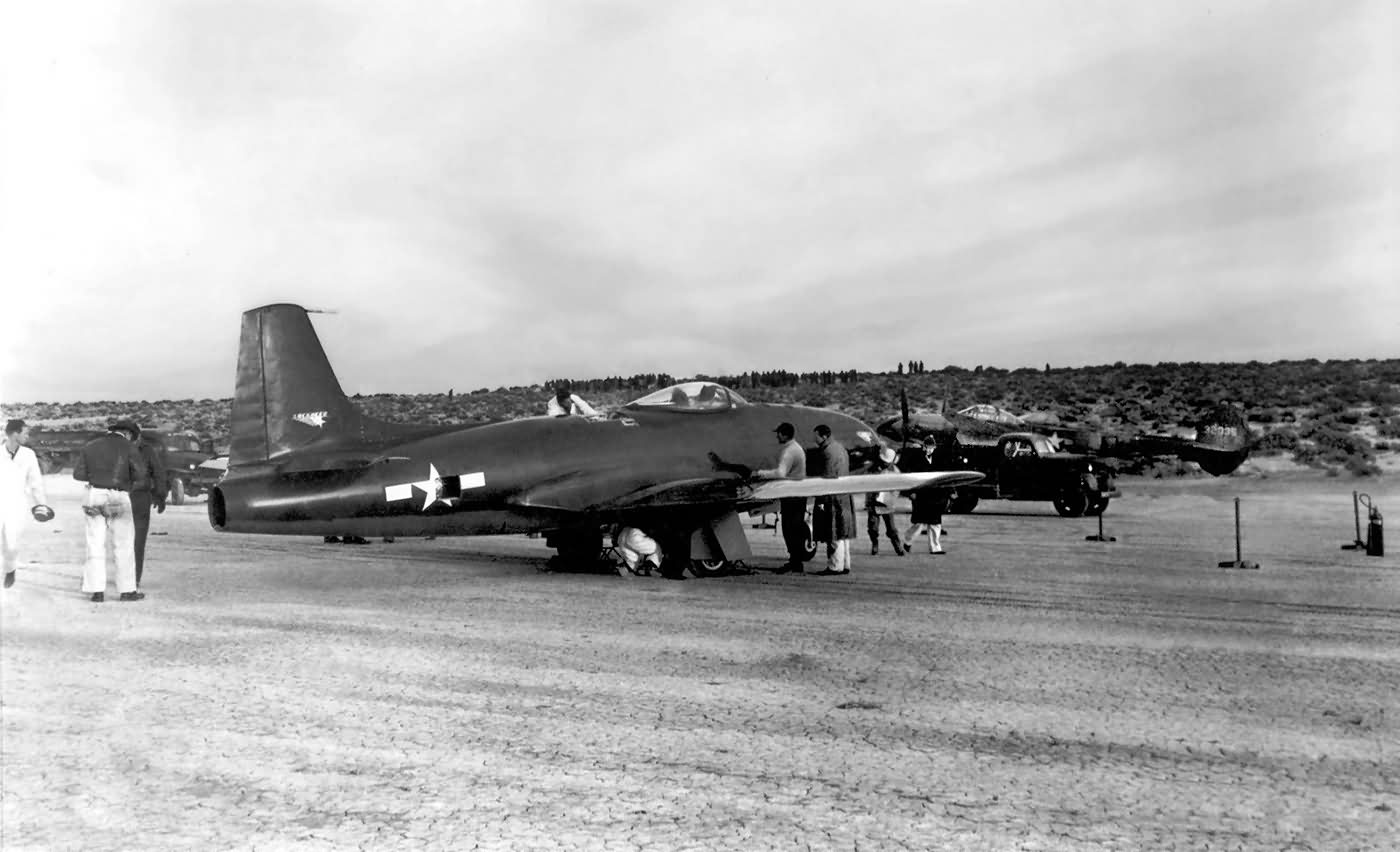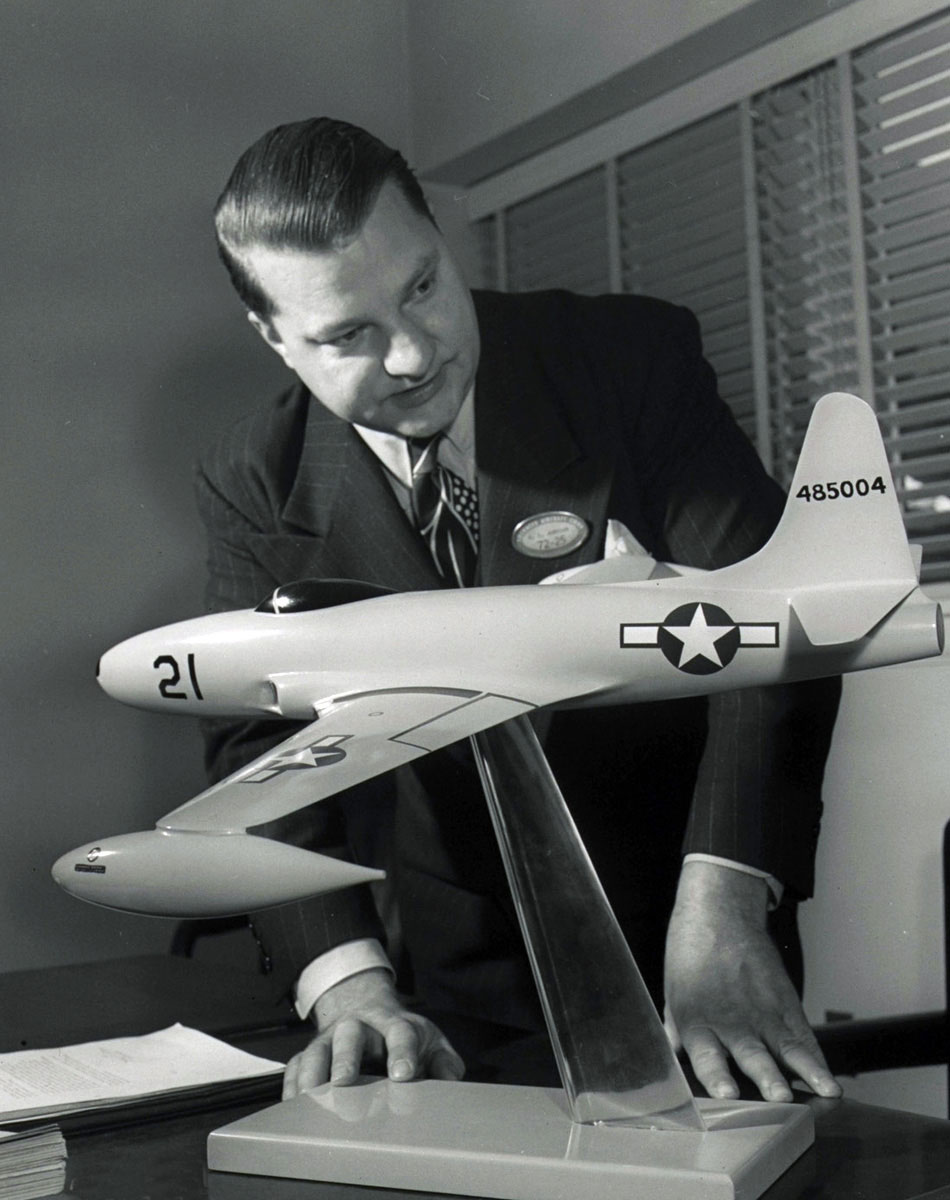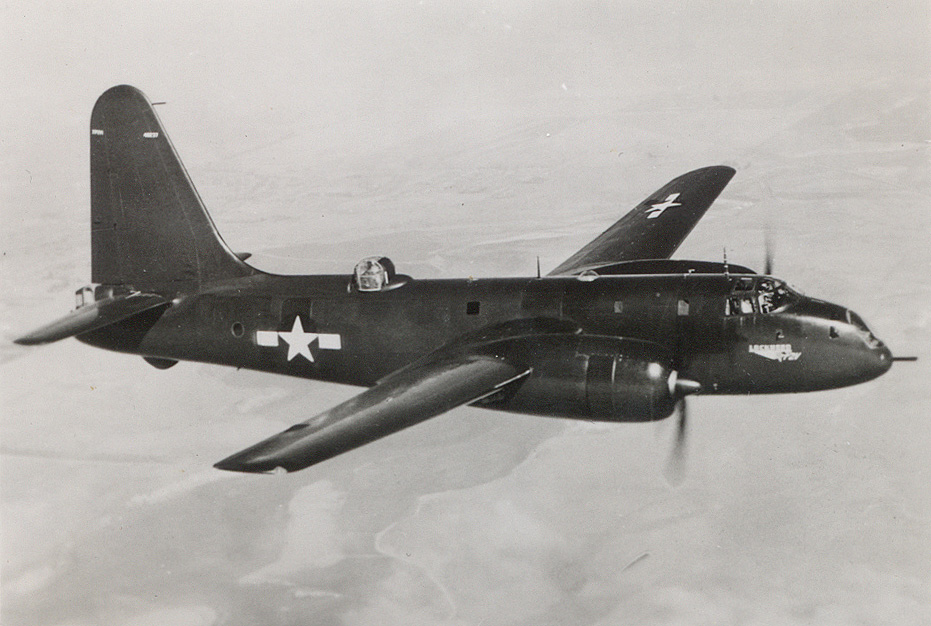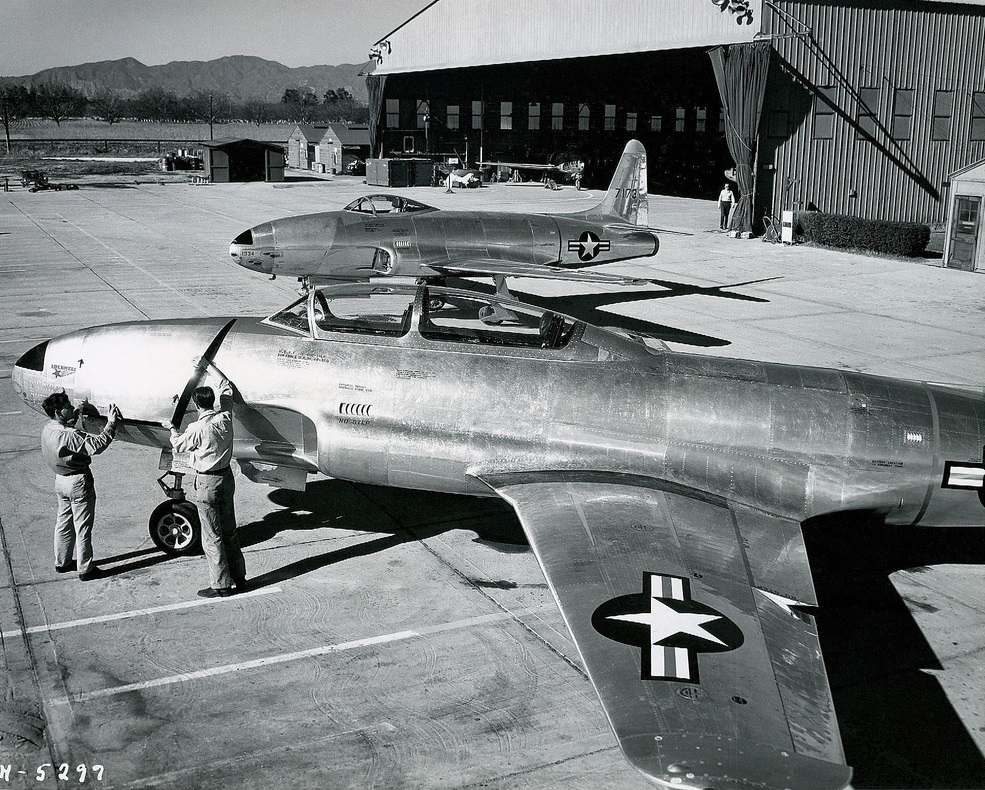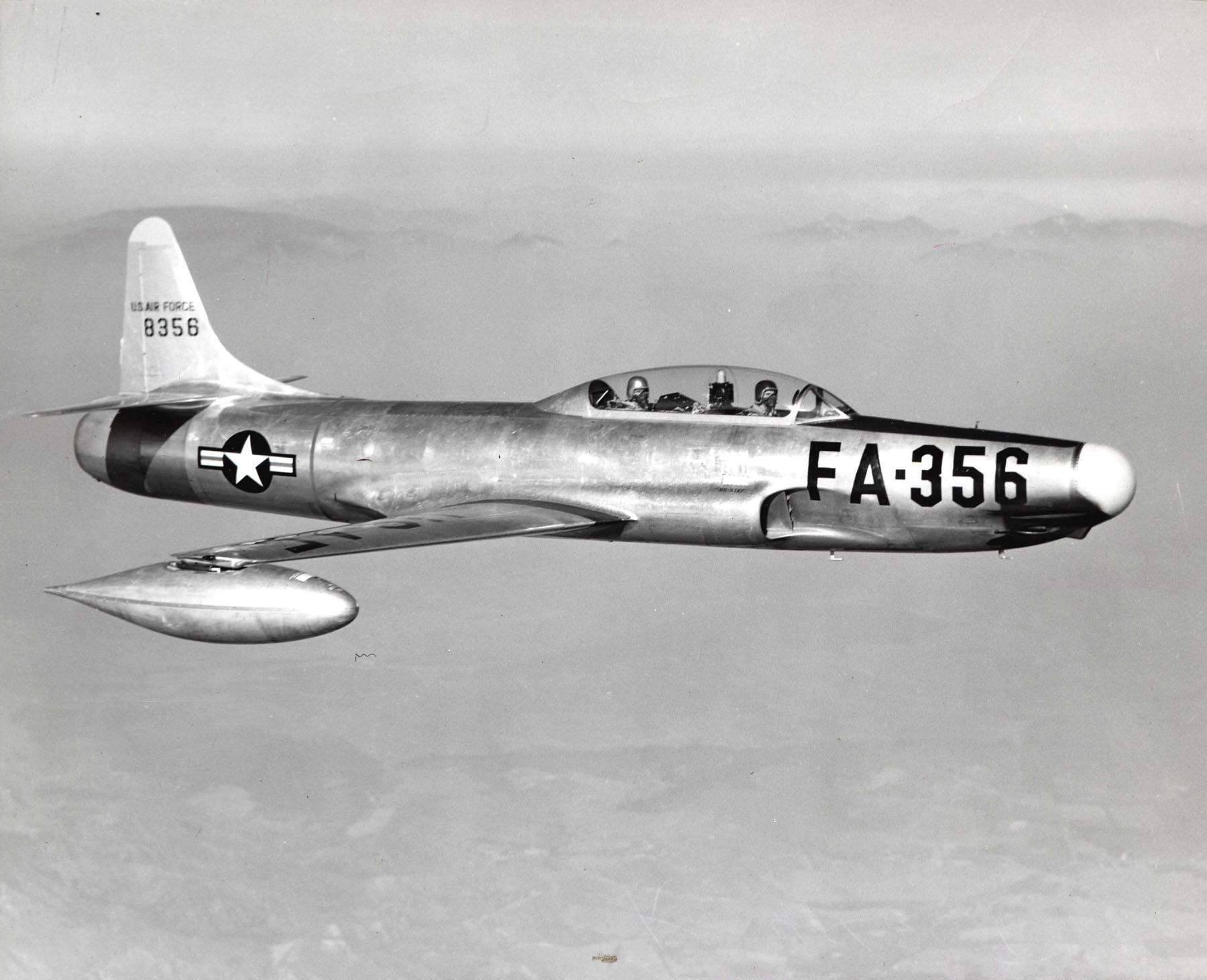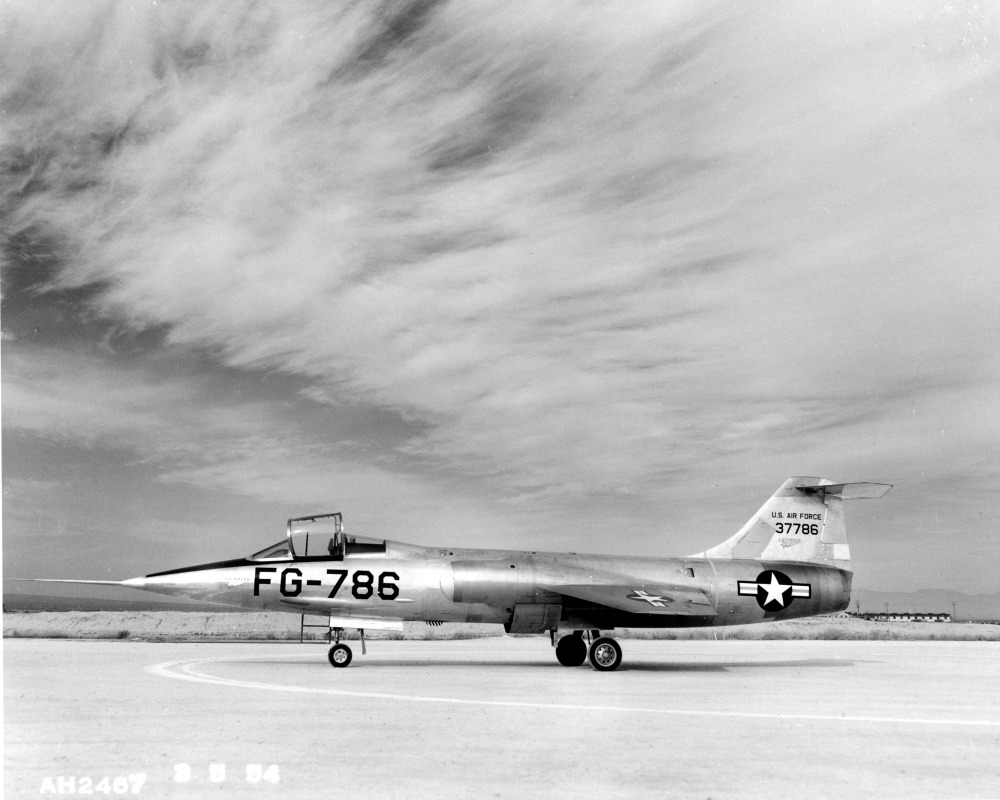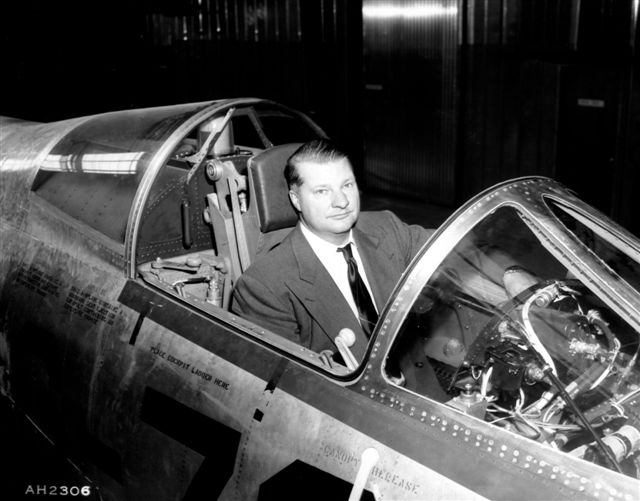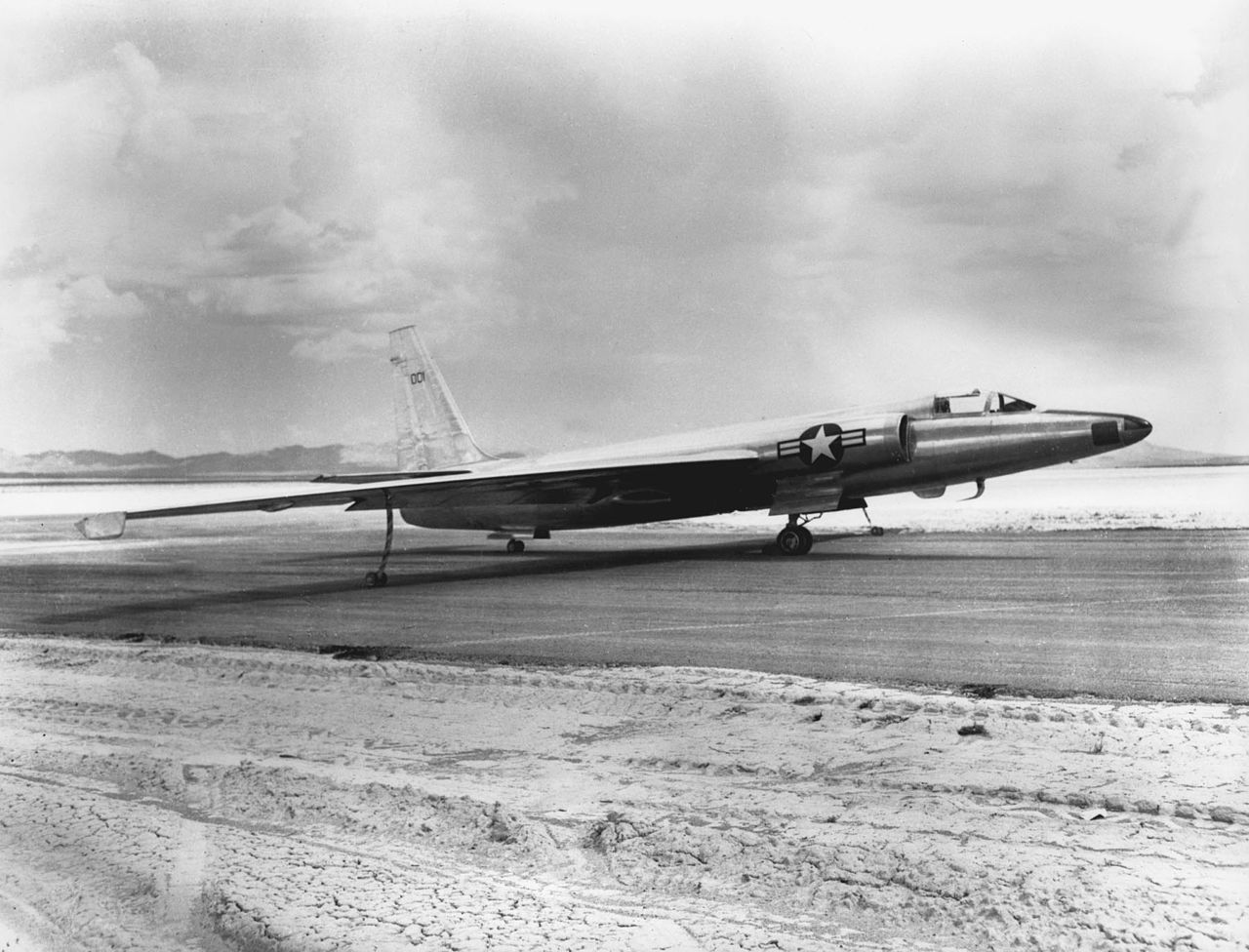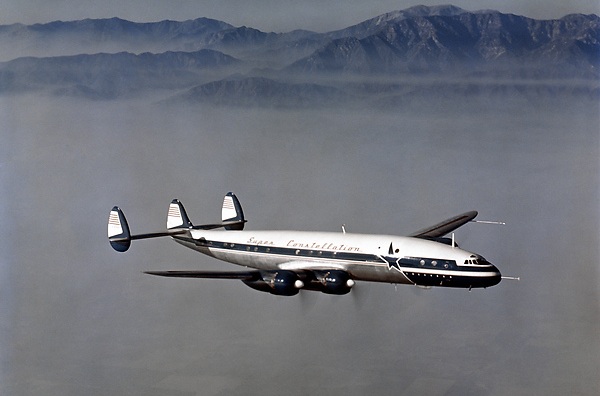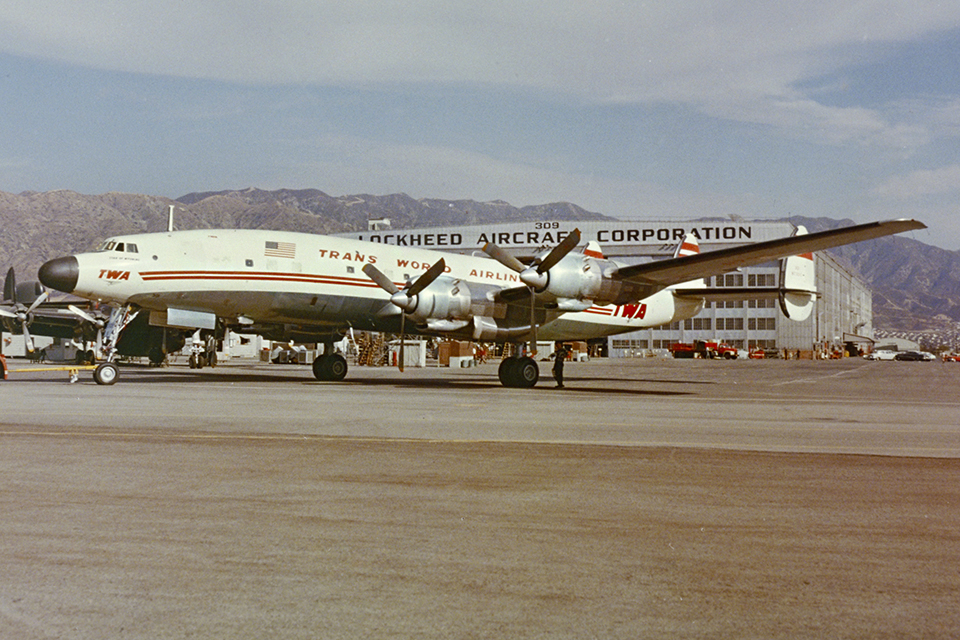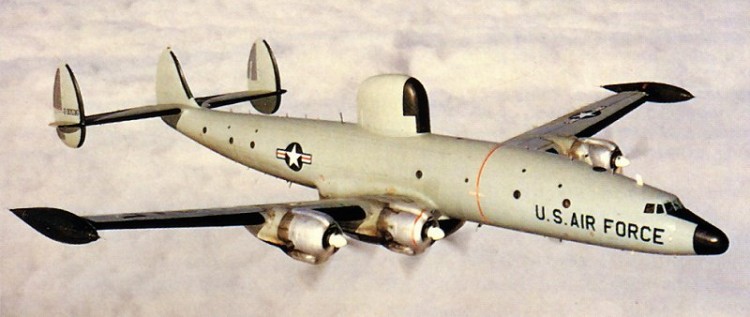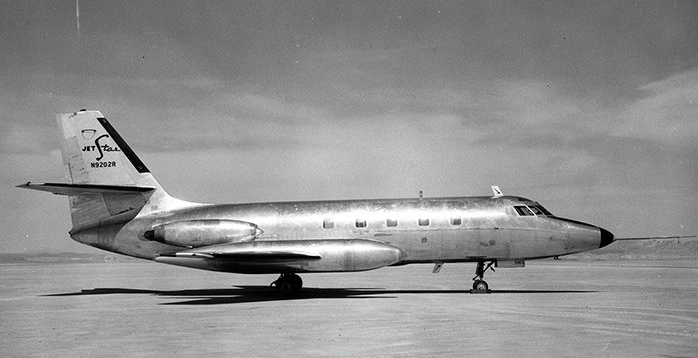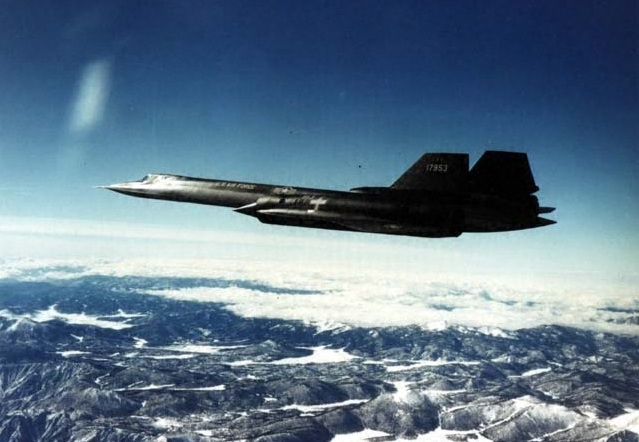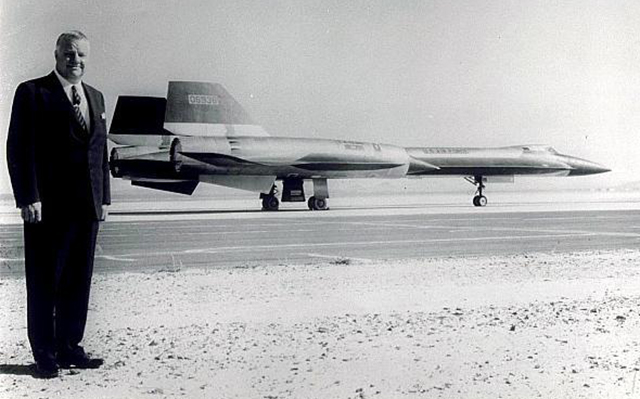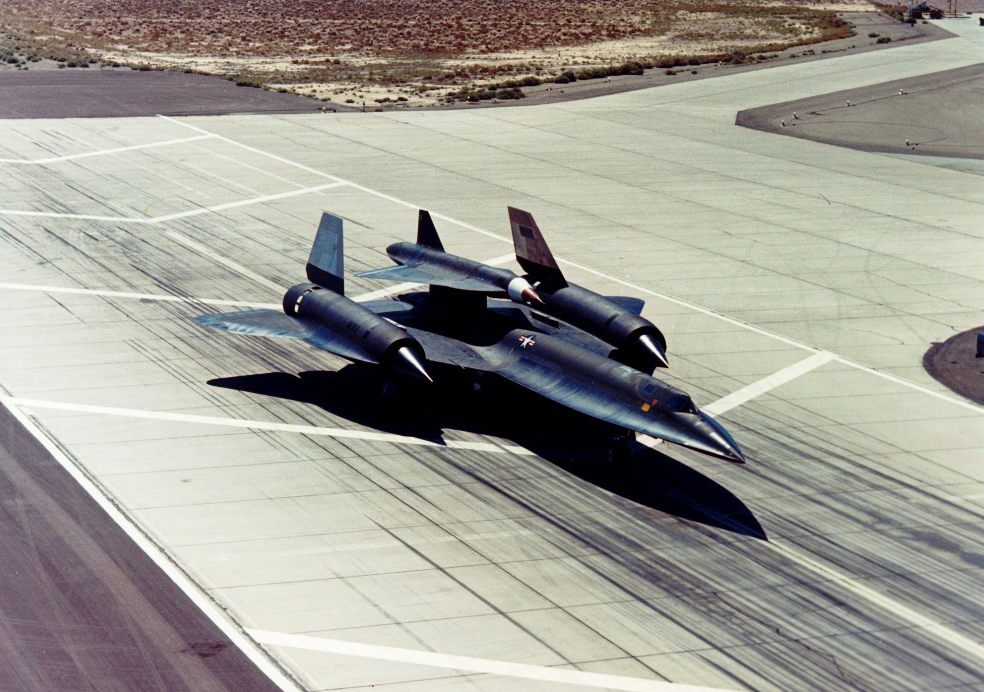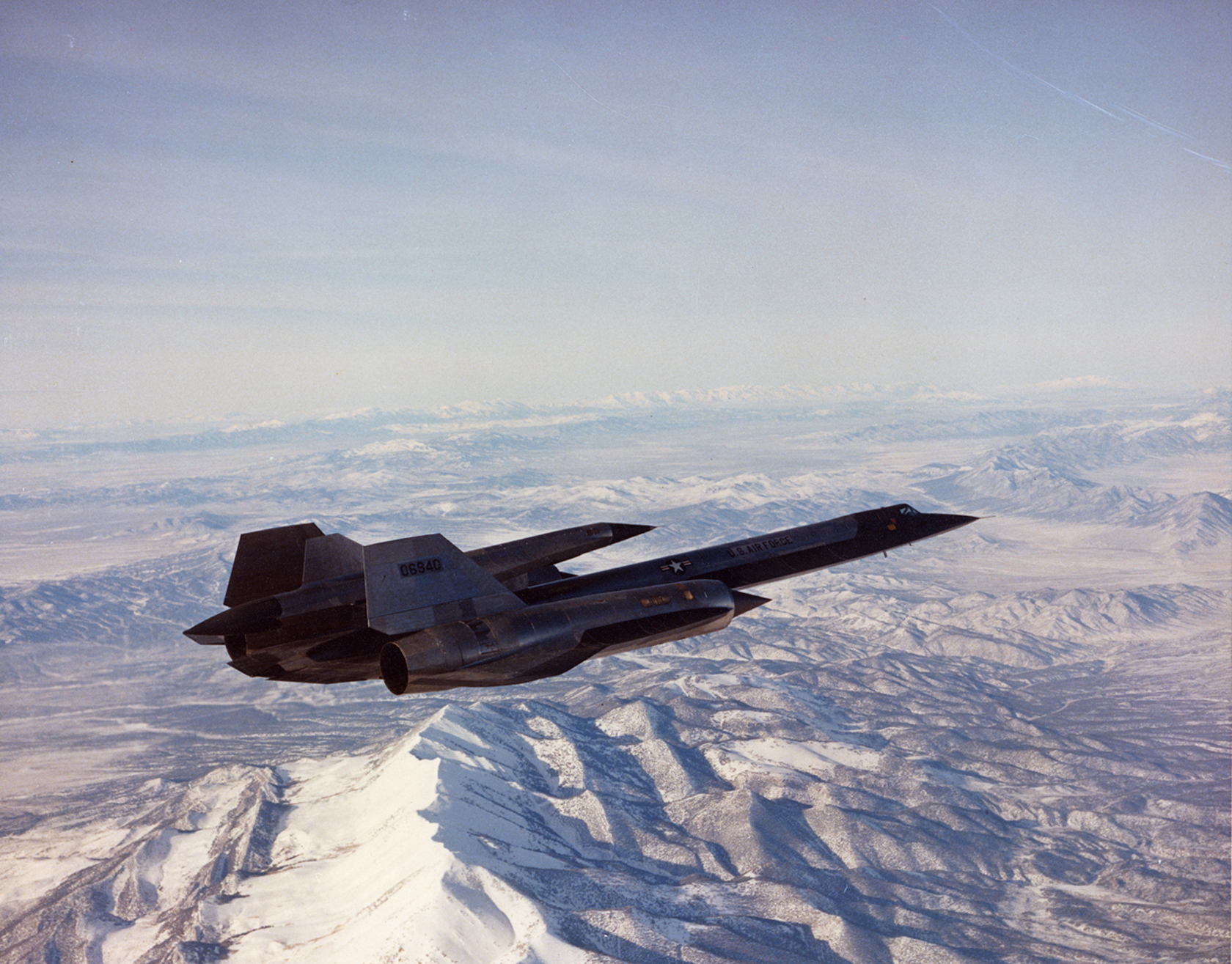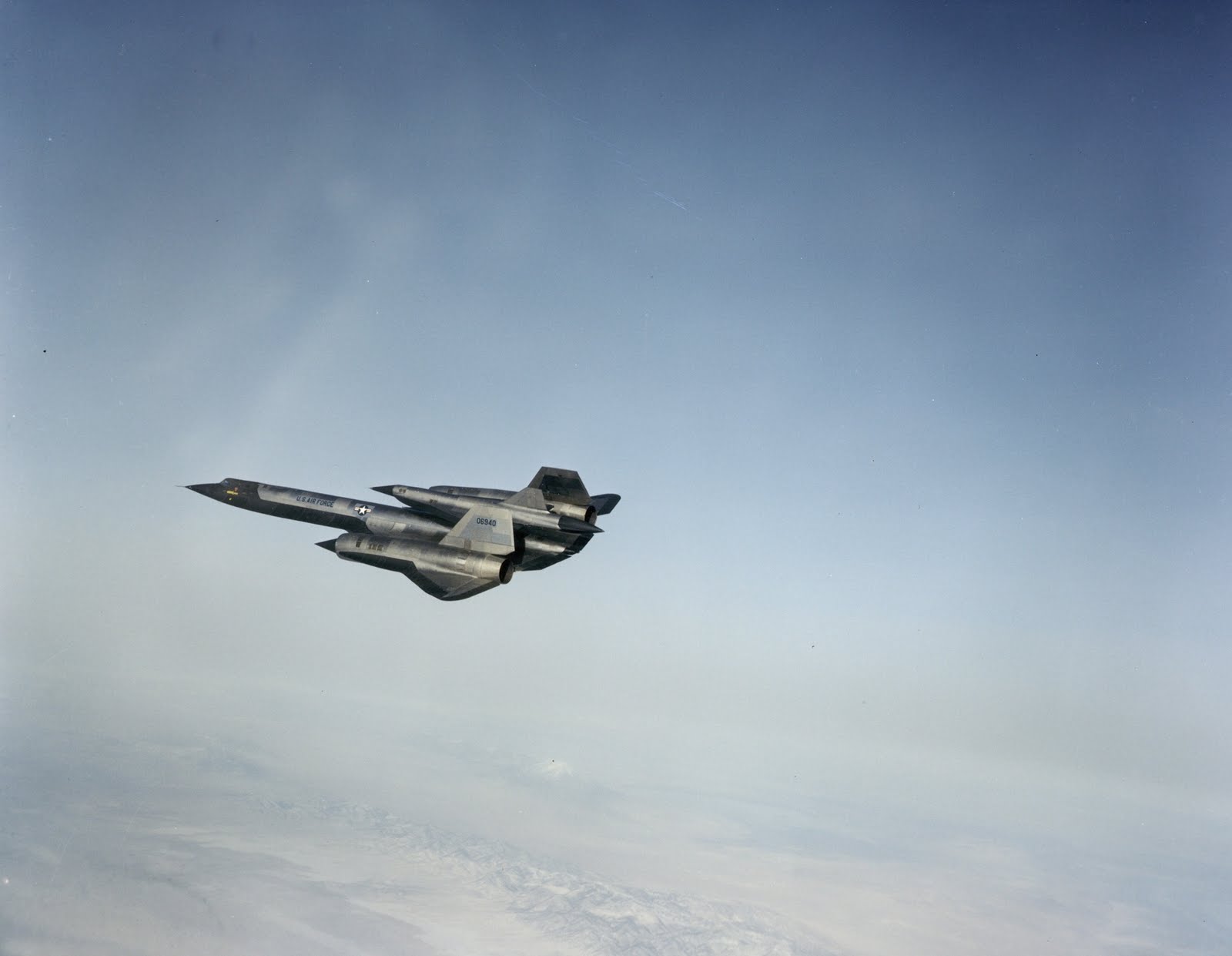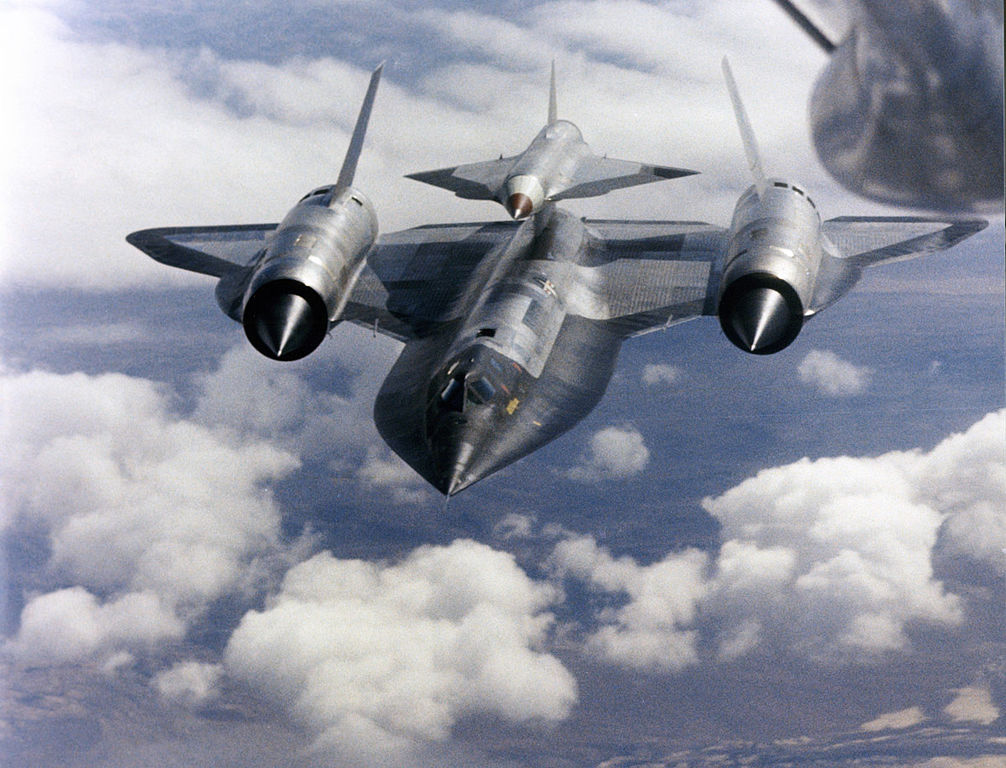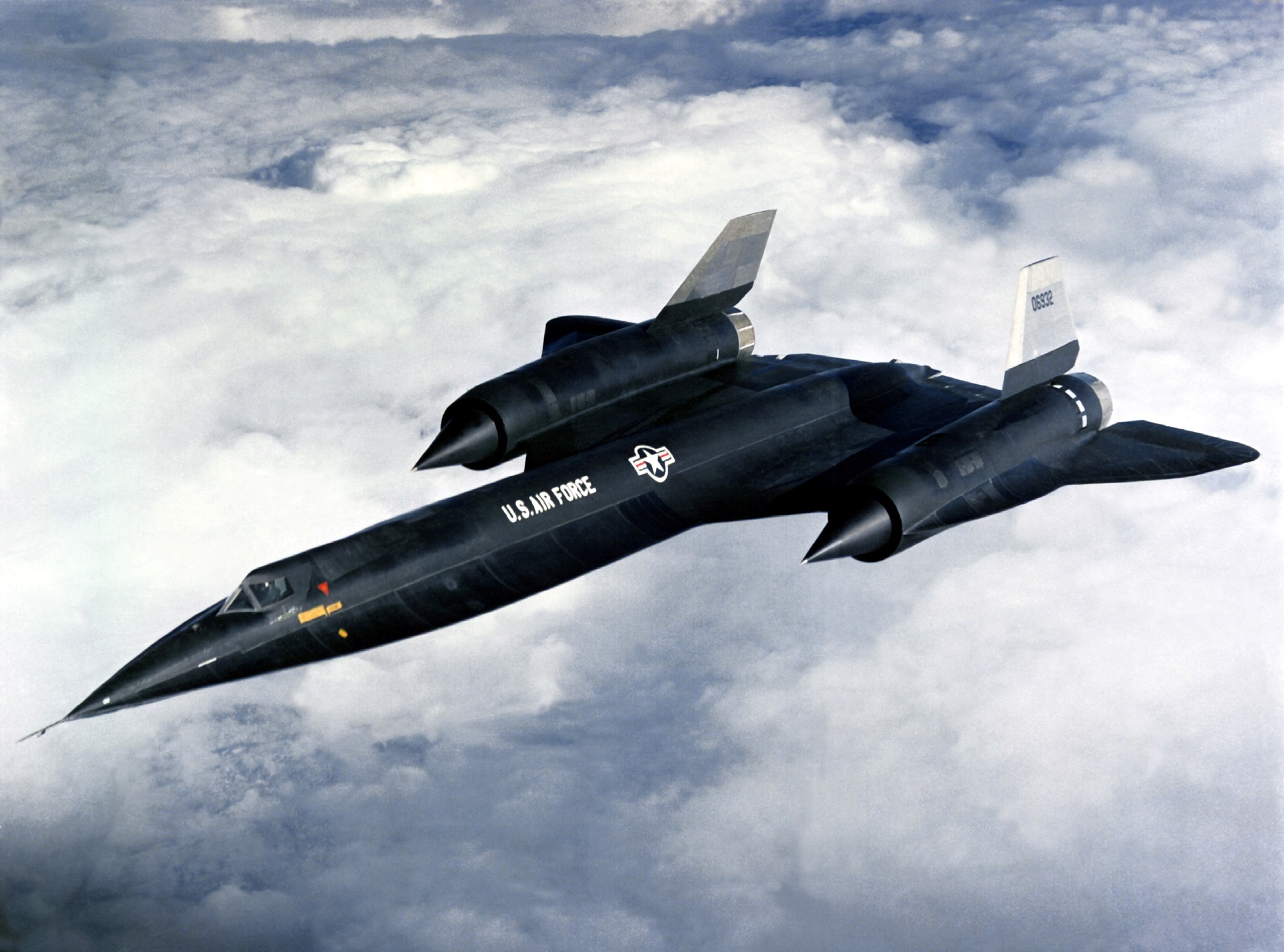
5 June 1968: Lockheed A-12 60-6932 (Article 129) was lost during a functional check flight following the change of its right engine. The Mach 3 reconaissance aircraft had taken off from Kadena Air Base, Okinawa. Central Intelligence Agency Pilot Jack Warren Weeks, call sign “Dutch 29,” was killed.
“Weeks’ mission started off with a top-off refueling, then the test hop route dictated by weather conditions. The climb-out and start of the turn back North apparently went as planned. Then the on-board telemetry system (Birdwatcher) started sending downlinks indicating the right engine was overtemping, followed by low fuel flow signals and finally that the altitude was below 70,000? approximately. Then all signals from Article 129 ceased and it was presumed that the airplane was down. Intensive searches failed to show any sign of the airplane or its pilot. The ensuing accident board concluded that the most likely cause of the loss of the airplane was catastrophic failure of the right engine.” —Roadrunners Internationale
The remaining eight A-12s were retired in favor of the new U.S. Air Force Lockheed SR-71A. Thirteen A-12s had been built by Lockheed. Four had previously been lost. The final flight of a Lockheed A-12 took place 21 June 1968, when it flew from Area 51 in Nevada, to Palmdale, California.
Jack Warren Weeks was born 23 February 1933 at Birmingham, Alabama. He was the first of two children of Nathan Malcolm Weeks, a dry cleaning salesman, and Abbie Ellen Kearney Weeks.
Weeks attended the University of Alabama at Tuscaloosa from 1951 to 1955, where he majored in physics. He was a member of the Reserve Officers Training Program (ROTC), the Delta Chi (ΔΧ) and Sigma Pic Sigma (ΣΠΣ) fraternities.
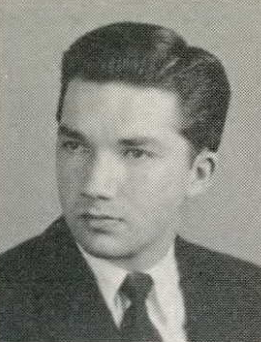
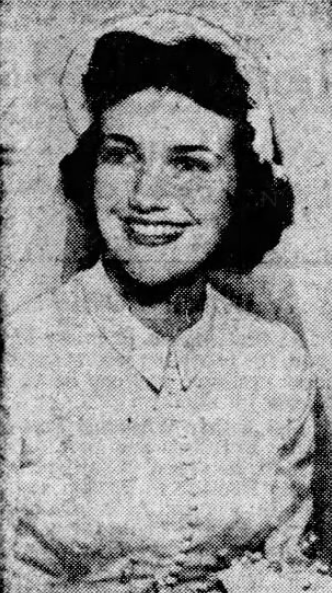
Jack Weeks married Miss Sharlene Thera Fenn, 5 September 1953, at the West End Baptist Church, in Birmingham, Alabama. The ceremony was presided over by Rev. James H. Butler. They would have four children.
Weeks graduated in May 1955 with a bachelor of science degree. He was commissioned as a second lieutenant, United States Air Force Reserve (USAFR).
Lieutenant Weeks served with the 22 Fighter Day Squadron at Bitburg Air Base, Germany, from April 1957 to April 1960. (On 15 May 1958 the squadron was redesignated 22nd Tactical fighter Squadron.) The unit flew North American F-100 Super Sabres. On 3 August 1958, Weeks was promoted to first lieutenant.
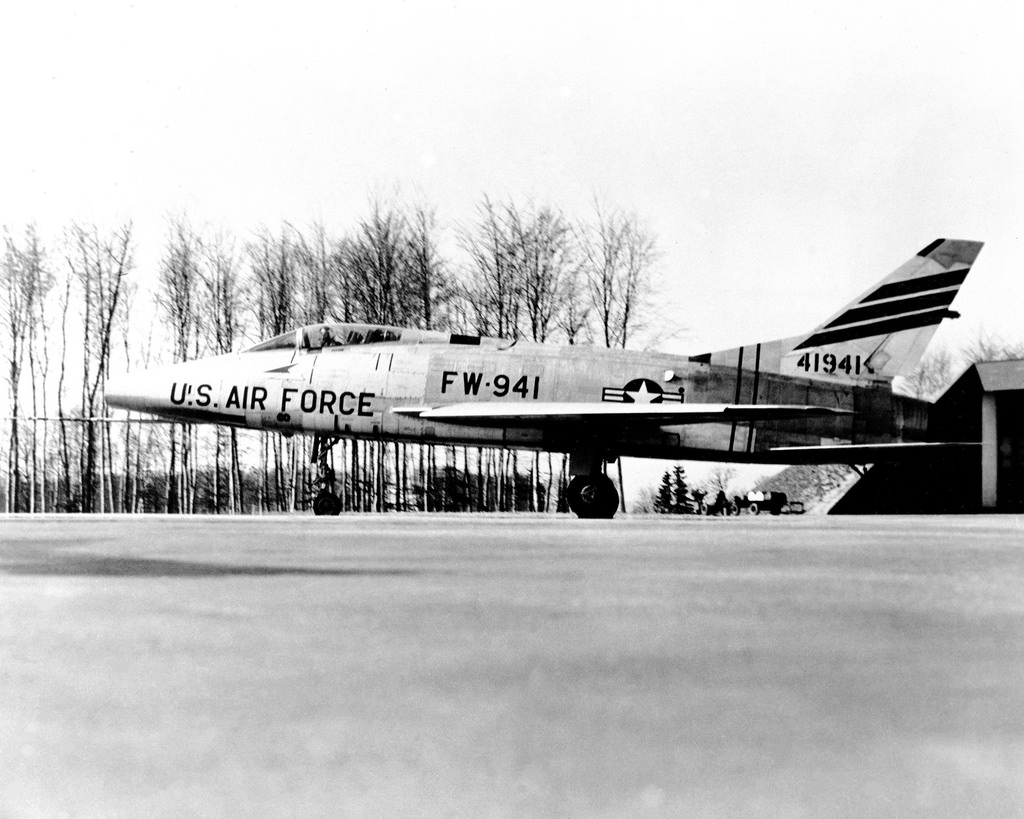
From April 1960 to February 1963, 1st Lieutenant Weeks was assigned to the 4520th Combat Crew Training Wing at Nellis Air Force Base, Las Vegas, Nevada.
Jack Weeks was recruited by the Central Intelligence Agency (CIA), and from 1963 to1968 he worked as an experimental test pilot on the Lockheed A-12. He and his family lived in resided in Canoga Park, California.
Weeks also flew the A-12 on flew reconnaissance missions over Southeast Asia during the Vietnam War (Operation Black Shield), and over the Democratic people’s Republic Korea (North Korea), during the Pueblo Incident. (Weeks’ obituary said that he was a consultant for Hughes Aircraft, and that he was performing equipment calibrations at Okinawa.)
The Central Intelligence Agency posthumously awarded Jack Warren Weeks its Intelligence Star for Courageous Action, 17 May 1968. The award was presented to Mrs. Weeks.
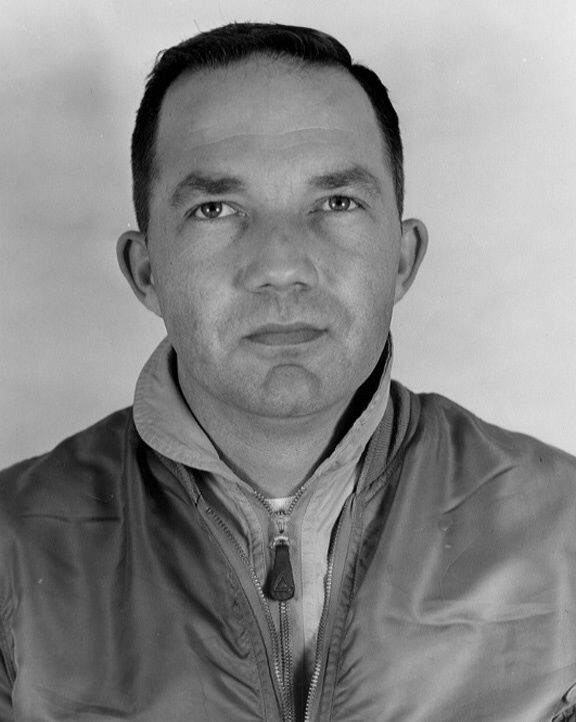
The Lockheed A-12 was a top secret reconnaissance airplane built for the Central Intelligence Agency under the code name “Oxcart.” It was the replacement for the Agency’s high-flying but subsonic U-2 spy plane which had become vulnerable to radar-guided surface-to-air missiles. It was a single-place, twin-engine hypersonic reconnaisance aircraft. The A-12 could fly faster than Mach 3 and higher than 80,000 feet—so fast and so high that no missile could reach it. By the time missile site radar locked on to an A-12 and a missile was prepared to fire, the Oxcart had already flown beyond the missile’s range. It was 101.6 feet (30.97 meters) long, with a wingspan of 55.62 feet (16.95 meters) and overall height of 18.45 feet (5.62 meters). It had an empty weight of 54,600 pounds (24,766 kilograms) and maximum gross weight of 124,600 pounds (57,878 kilograms).
The A-12 was powered by two Pratt & Whitney JT11D-20 (J58-P-4) turbo-ramjet engines, rated at 25,000 pounds of thrust (111.21 kilonewtons) and 34,000 pounds of thrust (151.24 kilonewtons) with afterburner. The exhaust gas temperature is approximately 3,400 °F. (1,870 °C.). The J58 is a single-spool, axial-flow engine which uses a 9-stage compressor section and 2
-stage turbine. The J58 is 17 feet, 10 inches (7.436 meters) long and 4 feet, 9 inches (1.448 meters) in diameter. It weighs approximately 6,000 pounds (2,722 kilograms).
The A-12’s speed was Mach 3.2 (2,125 miles per hour/3,118 kilometers per hour) at 75,000 feet(22,860 meters). Its cruise altitude was 84,500–97,600 feet (25,756–29,748 meters). The range was 4,210 nautical miles (4,845 miles/7,797 kilometers)
The A-12 was equipped with a Perkin-Elmer Type I stereo camera. With its 5,000-foot (1,524 meters) film supply, produced pairs of photographs covering a 71-mile (114 kilometers) swath with ground resolution of 12 inches (30.48 centimeters). Kodak Type II stereo camera, 8,400 foot (2,560 meters) film supply, 60-mile (97 kilometers) swath, 17-inch (43 centimeters) resolution. Hycon Type IV, 12,000-foot (3,658 meters) film supply, 41-mile (66 kilometers) swath with resolution of 8 inches (20 centimeters).
Article 129 was the ninth of thirteen A-12s built by Lockheed’s “Skunk Works.” They were operational from 1964 to 1968, when they were phased out in favor of the U.S. Air Force two-man Lockheed SR-71A “Blackbird.”
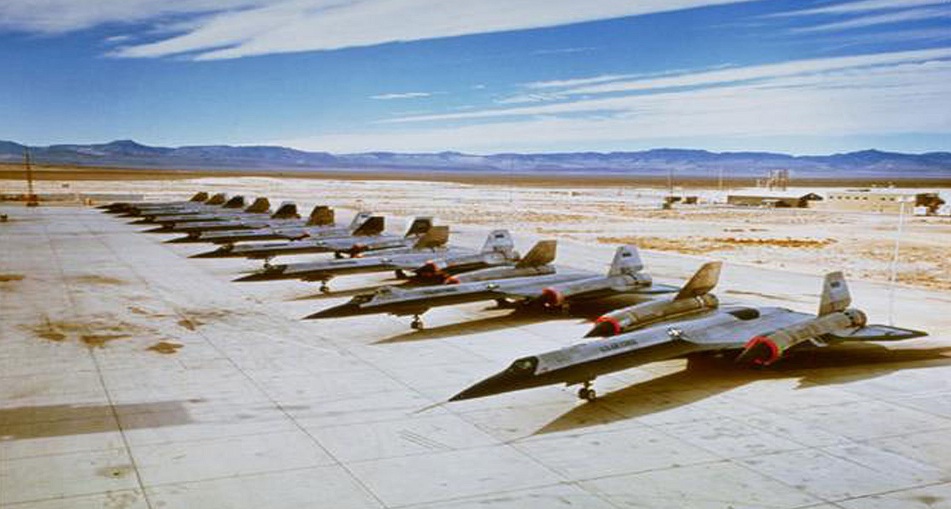
© 2024, Bryan R. Swopes

